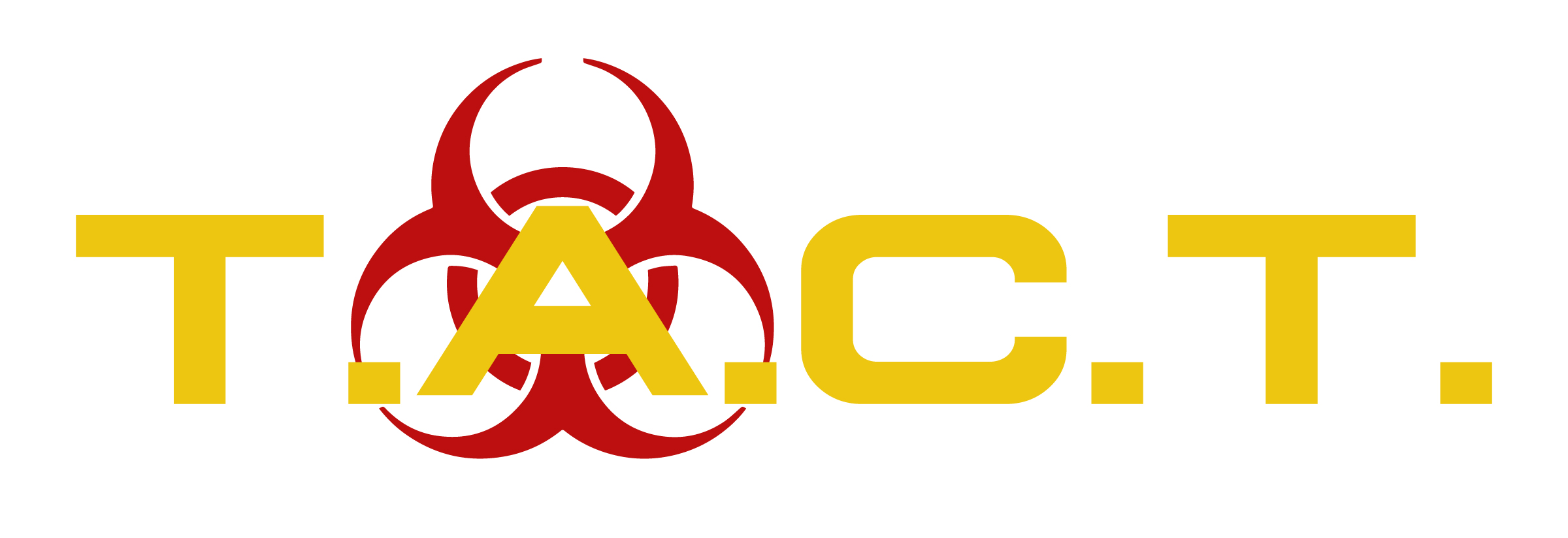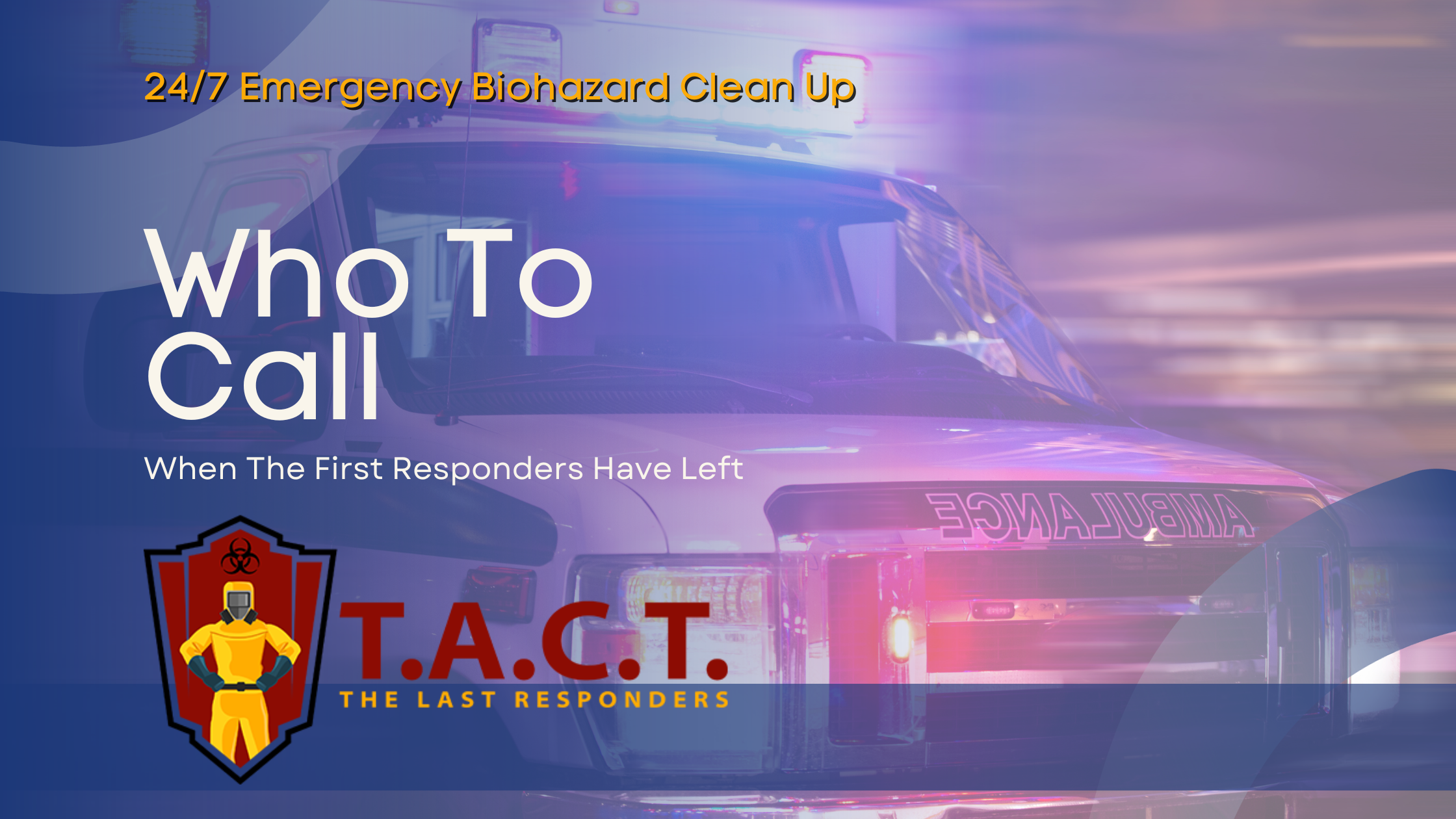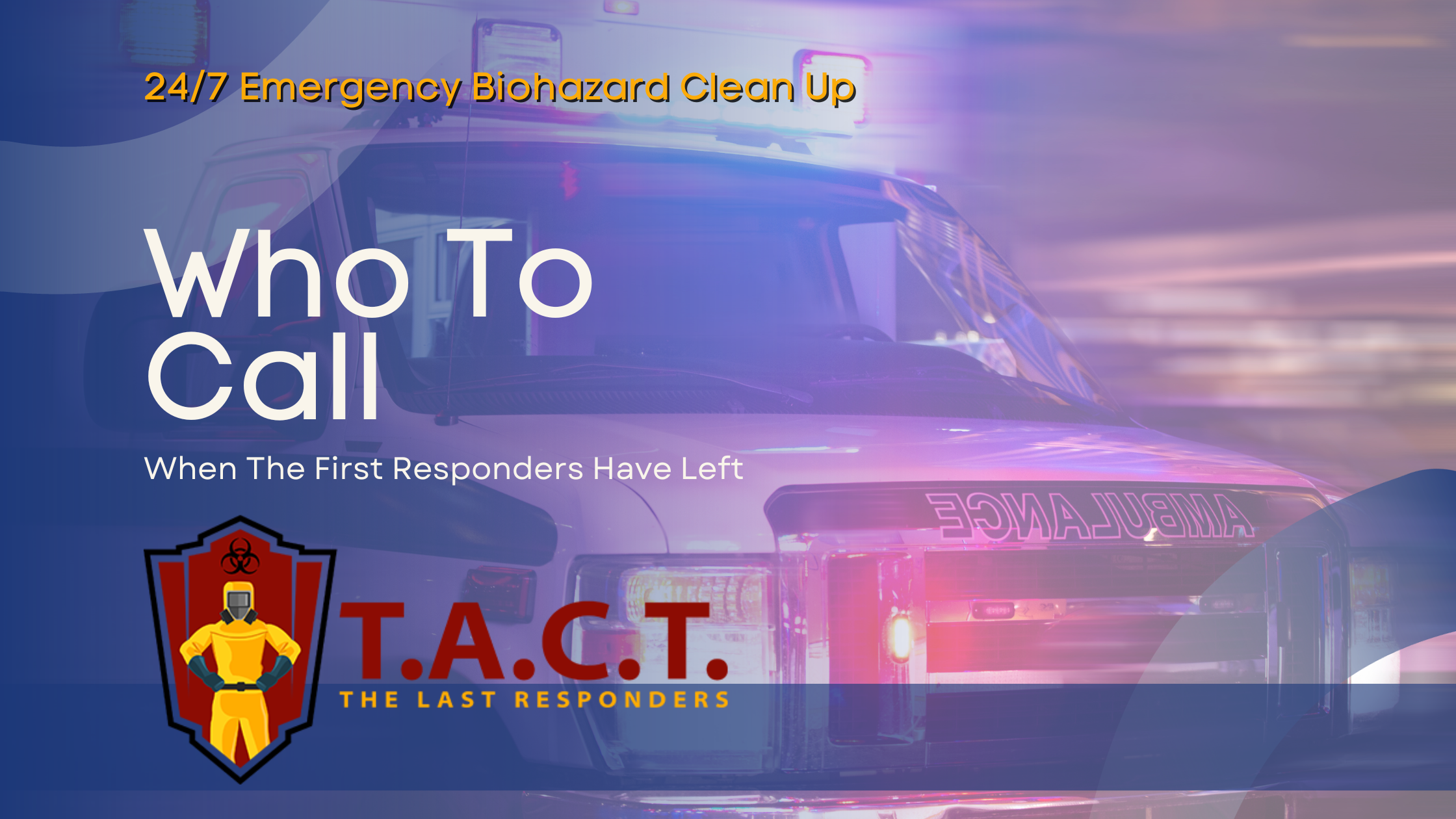Essential Guide to Crime Scene Cleanup Training and Best Practices

Essential Guide to Crime Scene Cleanup: Best Practices and Training
Crime scene cleanup is a highly specialized and essential service that goes beyond what most people imagine. Far more than just cleaning, it involves removing hazardous materials, disinfecting environments, and ensuring that affected spaces are safe for future use. For those entering this field, understanding its complexities and requirements is critical.
This guide explores the role of crime scene cleanup professionals, the training and certifications required, the risks they face, and the best practices that ensure both safety and effectiveness. Whether you're considering a career in this field or simply curious, this article provides a comprehensive overview.
What is Crime Scene Cleanup?
Crime scene cleanup, often called biohazard remediation or forensic cleanup, is the meticulous process of cleaning, sanitizing, and restoring environments subjected to biohazards. This could include areas impacted by violent crimes, suicides, unattended deaths, or accidents.
Crime scene cleanup is not just about physical cleaning. It also involves:
Removing biohazards like blood, bodily fluids, and tissue.
Decontaminating surfaces and environments to eliminate infectious risks.
Preserving evidence during investigations, in some cases.
The ultimate goal is to restore the area to a safe, livable state while adhering to strict regulatory standards set by agencies like OSHA and the EPA. Professionals engaged in this work undergo rigorous training and certification, as it requires expert knowledge to handle the risks involved.
Regulatory Requirements for Crime Scene Cleanups
The field of biohazard cleanup, including crime scenes, operates under stringent regulations to protect both the professionals involved and the public. Governing and advisory bodies such as OSHA (Occupational Safety and Health Administration), NIOSH (National Institute for Occupational Safety and Health), and the EPA (Environmental Protection Agency) establish best practices and safety standards.
Key Regulations to Note:
Bloodborne Pathogens Standard (OSHA 29 CFR 1910.1030): This requires minimizing exposure to blood and bodily fluids, assuming all biological material could be infectious.
Personal Protective Equipment (PPE): Crime scene cleaners must wear appropriate protective gear such as gloves, suits, masks, and respirators.
Biohazard Disposal Requirements: Waste materials must be managed and disposed of according to federal, state, and local guidelines.
The work typically begins after legal authorities, like coroners and law enforcement, release the site. Standard operating procedures (SOPs) then guide the process to ensure thorough decontamination.
A Career as a Crime Scene Cleaner
Becoming a crime scene cleaner isn’t for everyone. It suits those with strong mental and physical resilience, as well as an ability to remain calm and focused during emotionally charged situations.
What Does the Job Entail?
Environments: Scenes include homes, businesses, vehicles, and outdoor spaces where incidents have occurred.
Duties: Removal of biohazards, deep cleaning, and disinfection.
Challenges: Coping with emotional scenes and staying safe in hazardous conditions.
While the work is physically and emotionally demanding, many find it rewarding to help restore normalcy for families or communities during distressing times.
Traits of a Successful Crime Scene Cleaner:
Strong attention to detail.
Resilience to emotionally difficult environments.
Physical fitness and stamina.
Commitment to safety and regulatory compliance.
Training and Certification for Crime Scene Cleanup
Training is key for anyone entering this field. Courses provide the technical knowledge and hands-on skills needed to perform the job safely and professionally.
Topics Included in Training:
Biohazard Cleaning and Disposal: Techniques for safely handling and disposing of hazardous materials.
Bloodborne Pathogens: Education on the risks and prevention of transmission.
Respiratory Protection and PPE: Proper use of protective equipment to prevent exposure to harmful substances.
Chemical Safety: Understanding and handling cleaning agents and decontamination solutions.
Additionally, certifications from respected organizations like OSHA, NIOSH, or other industry leaders are often required and signal a professional level of competency. Training requirements may vary by state, so researching local guidelines is essential.
Hazards and Risks in Crime Scene Cleanup
Crime scene cleanup carries inherent risks due to exposure to hazardous materials and emotionally distressing environments.
Physical Hazards:
Biohazards: Blood, bodily fluids, and tissue may carry infectious diseases such as Hepatitis B, Hepatitis C, or HIV.
Chemical Exposure: Cleaners are often exposed to harsh chemicals used during decontamination or those left over from crime scene investigations like tear gas or pepper spray.
Sharp Objects: Broken glass or needles can cause injuries.
Emotional Risks:
Exposure to violent crime scenes or traumatic incidents can affect workers emotionally and mentally. It’s vital that workers have access to support systems such as counseling or peer support groups.
Mitigation Strategies:
Strict adherence to safety protocols.
Wearing appropriate PPE at all times.
Consistent training and drills to prepare for potential risks.
Best Practices for Crime Scene Cleanup
Crime scene professionals must follow specific procedures to ensure thorough cleaning and safety. Below are some of the field's best practices:
Comprehensive Cleaning and Disinfection: Make sure every surface and piece of equipment is meticulously cleaned to prevent contamination.
Use Personal Protective Equipment (PPE): Always wear gloves, masks, goggles, and suits to minimize exposure to biohazards.
Follow Standard Operating Procedures: Decontaminate internal and external spaces while adhering to regulatory compliance.
Universal Precautions: Treat all materials as if they are infectious to reduce risk.
Document Everything: Keeping detailed records of cleaning processes ensures accountability and regulatory adherence.
How to Choose a Crime Scene Cleanup Training Program
If you're considering entering this field, selecting the right training program is a crucial first step.
Key Features to Look For:
Accreditation by reputable organizations like OSHA or NIOSH.
Comprehensive curriculum covering biohazard cleaning, PPE, and bloodborne pathogens.
Hands-on training opportunities to practice techniques in real-world scenarios.
Positive reviews and strong industry reputation.
Choosing a high-quality program will not only provide technical expertise but will also prepare you for the physical and emotional rigors of the job.
Moving Forward in Biohazard Remediation
Crime scene cleanup is a vital service that combines technical expertise with compassion and professionalism. For those with the resilience to handle its demands, it offers an opportunity to make a meaningful impact during some of life's darkest moments.
If you're considering a career in this field, take the first step by researching training programs and certifications. The key to success lies in preparation, attention to detail, and a commitment to safety.
By following the best practices and recommendations outlined in this guide, you can contribute to making crime scene cleanup not only efficient but also respectful and humane.
Latest news

Nosy neighbors peeking? T.A.C.T. North Atlanta offers discreet biohazard remediation for rodent infestations, mold, hoarding, and more. Unmarked vehicles, quiet experts, full privacy—24/7 service at 470-781-4775.
Read More

